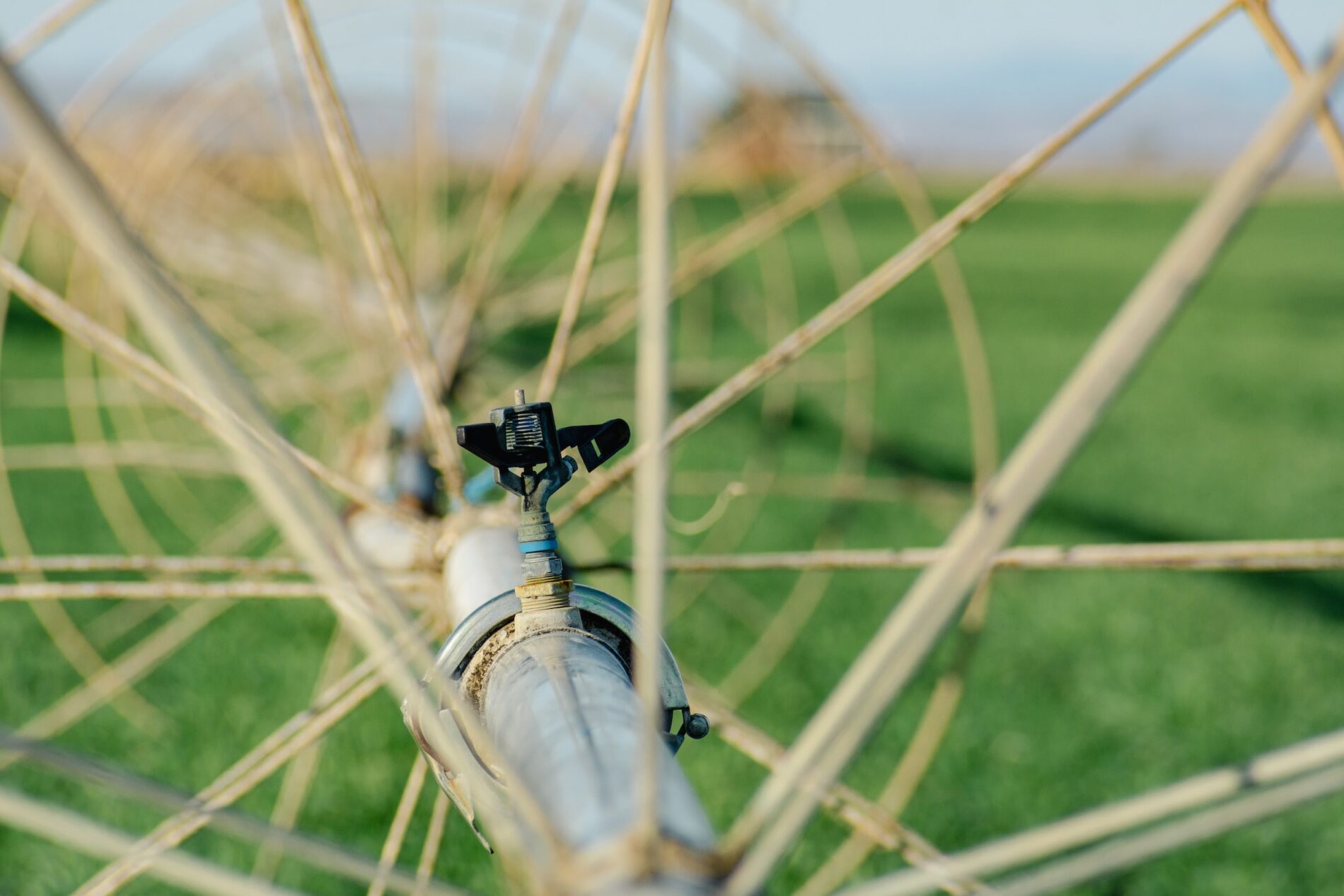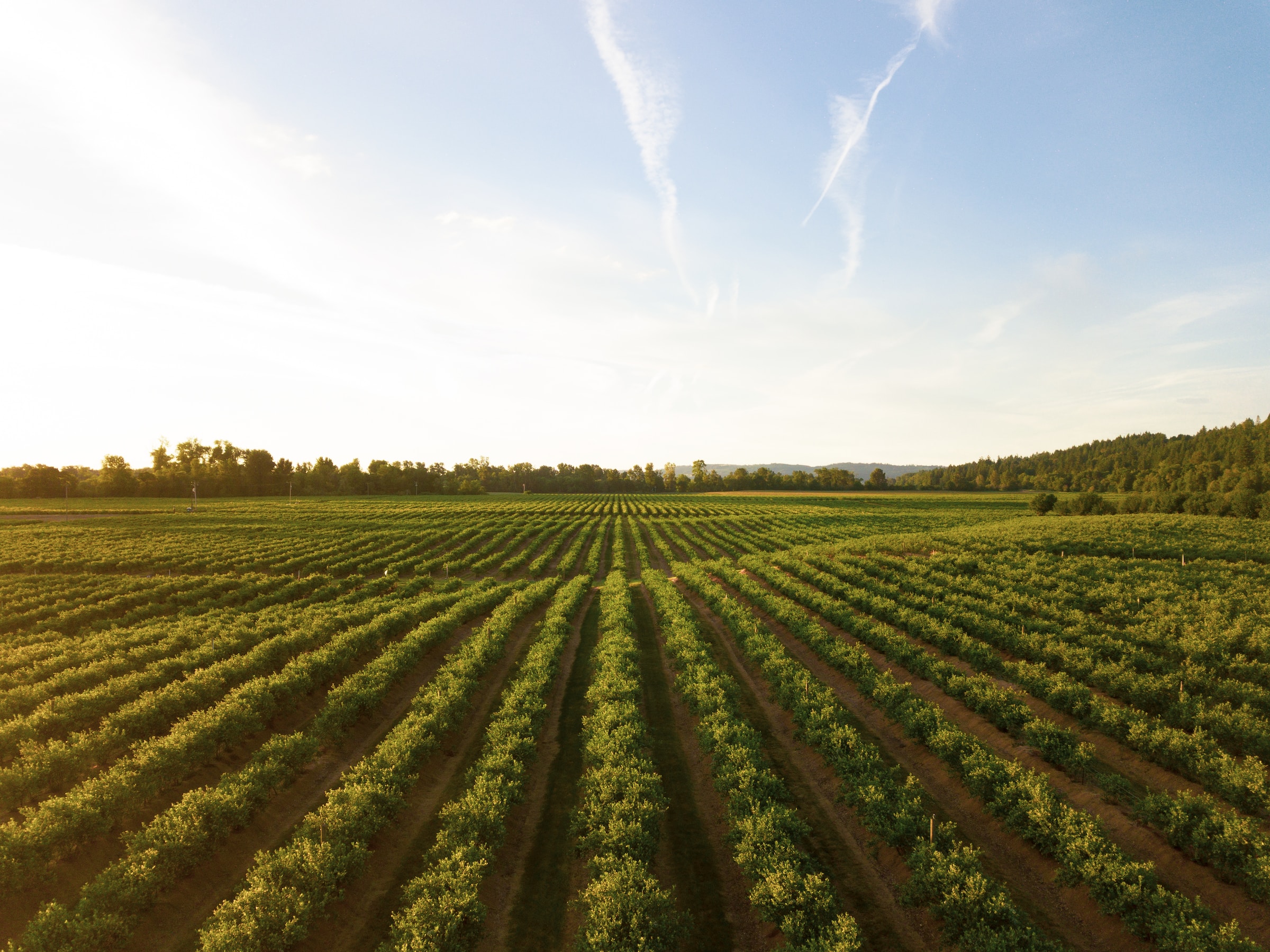Furrow irrigation, often seen as a throwback to the simpler days of farming, is still very much alive and kicking. It's like the grandparent of irrigation methods, having been around for thousands of years, and yet it manages to surprise us with its relevance and adaptability in the modern age. Let's find out what is furrow irrigation?
In the United States alone, furrow irrigation was a major player in the agricultural scene at the dawn of this century. Imagine this – approximately 29.4 million acres were watered through flood irrigation, a close cousin of furrow irrigation, as opposed to the 28.3 million acres catered to by spray technology. This fact alone speaks volumes about its enduring utility.

What is Furrow Irrigation?
Furrow irrigation is an age-old, efficient surface irrigation method primarily used in agriculture. It involves creating long, narrow channels (furrows) along the field into which water is directed to flow. This system leverages gravity to distribute water across the field, enabling it to infiltrate the soil and reach plant roots.
It is especially effective for row crops, where the furrows run parallel to the rows.
The method is known for its simplicity and cost-effectiveness, requiring minimal technical equipment. However, it requires careful planning and management to ensure even water distribution and avoid issues like soil erosion or water wastage.
How Does Furrow Irrigation Work? (Or, The Science of Channeling Water)
Furrow irrigation operates on a simple yet ingenious principle: farmers direct streams of water that meander along these furrows using sloping channels cut into the earth's surface. As this water travels, it seeps into the soil both laterally and vertically, nurturing the crops in its path. It's not just about flooding fields with water; it's a calculated dance between the earth's contours and water's natural flow.
The soil's infiltration rate plays a starring role in this method.
If the rate is too high, water greedily gulps down near the furrow inlet, leaving the far end of the field parched. It's all about balance, like life, where too much or little of anything spells trouble.
Not All That Glitters Is Gold: The Challenges of Furrow Irrigation
Despite its widespread use, furrow irrigation does have its Achilles' heel. The primary challenge lies in achieving uniform water distribution. It's like trying to butter a very long piece of bread evenly; some parts are bound to get more, others less. Adjusting the number of gates opened and the size of irrigation channels becomes crucial here, much like adjusting the pressure on your butter knife.
Soil texture, slope gradient, and surface conditions all add their unique flavour to this mix, affecting the speed and efficiency of water distribution. It's a dynamic puzzle, requiring constant tweaking and adjustments to suit the ever-changing soil conditions.
The Every Other Furrow Principle: A Twist in the Tale
In a clever twist, farmers sometimes employ the 'Every Other Furrow' irrigation principle. Here, water is applied to alternate furrows, allowing one side of each ridge to drink its fill. It's like a strategic game of checkers, where skipping a square can sometimes be a winning move. This technique especially benefits soils with high infiltration rates and low water-holding capacity. It's like saving room in your stomach at a buffet, just in case a surprise dessert appears.
Best Practices:
Implementing furrow irrigation effectively is like conducting an intricate symphony; it requires a blend of precision, understanding, and adaptability. Here are some best practices to ensure the successful implementation of furrow irrigation, maximizing water efficiency and crop growth:
Field Preparation:
It's crucial to prepare the field properly before starting. It involves levelling the field to ensure even water distribution and removing any obstacles or debris that might impede water flow through the furrows.
Optimal Furrow Design:
Furrow design is paramount. Pay attention to the length, spacing, and dimensions of the furrows, tailoring them to match the specific requirements of your crops and the soil conditions—factor in the available water and its flow rate to determine the most efficient furrow dimensions.
Irrigation System Maintenance:
Regular maintenance of the irrigation system is vital for optimal performance. It includes routine cleaning of the furrows to prevent clogging and regular checks for leaks or damages, thus minimizing water wastage.
Proper Water Management:
Efficient water management is key. It involves monitoring and managing the application of water to ensure uniform distribution and prevent over or under-irrigation. Techniques like surge irrigation can improve water distribution and reduce water loss.
Soil Moisture Monitoring:
Continuously monitor soil moisture levels to determine the appropriate timing and frequency of irrigation. Utilizing tools like soil moisture sensors or conducting manual inspections can provide valuable insights into the moisture content in the root zone, aiding in better irrigation scheduling.
Timely Irrigation:
Timing is everything in irrigation. It's important to schedule irrigation cycles based on the water requirements of your crops and the prevailing weather conditions, ensuring that water stress or excessive moisture levels are avoided.
Weed and Pest Management:
Effective management of weeds and pests is essential. It involves regular removal of weeds from the furrows and using appropriate herbicides or integrated pest management techniques to control pests and diseases.
Nutrient Management:
Integrating nutrient management with furrow irrigation is also important. Applying fertilizers at the right time and in appropriate quantities can meet the nutritional needs of the crops, maintaining optimal nutrient levels in the soil.
Enhancing Farmers' Skills and Knowledge:
Staying informed and continuously learning about the latest research and practices in furrow irrigation is crucial. Participating in workshops, training sessions, or consulting with agricultural experts can significantly improve understanding and effectiveness in implementing furrow irrigation.
By adhering to these practices, farmers can enhance water efficiency, reduce environmental impacts, and achieve successful outcomes with furrow irrigation in their agricultural operations.
Frequently Asked Questions:
Is furrow irrigation suitable for all types of soil?
No, it works best in soil types that have a good balance of infiltration and water-holding capacity. Sandy soils, for instance, might pose challenges.
Can furrow irrigation be used on any terrain?
It's ideal for flat or gently sloping fields. Rocky or steep terrain can make furrow irrigation less feasible.
What are some key disadvantages of furrow irrigation?
It can be labor-intensive, might lead to uneven water distribution, and in some cases, increase weed growth in the furrows.
The Legacy Continues
In conclusion, furrow irrigation might seem like an old-school method in a world teeming with high-tech solutions. But, much like a classic novel, it holds lessons and efficiencies that remain relevant today. It's a testament to the ingenuity of our farming forebears and a reminder that sometimes, the old ways can still hold their own in the face of modernity.




